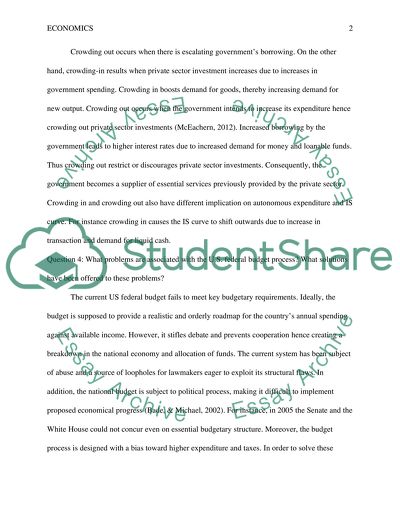In what ways can fiscal policy affect aggregate supply Essay. Retrieved from https://studentshare.org/macro-microeconomics/1472261-in-what-ways-can-fiscal-policy-affect-aggregate-supply
In What Ways Can Fiscal Policy Affect Aggregate Supply Essay. https://studentshare.org/macro-microeconomics/1472261-in-what-ways-can-fiscal-policy-affect-aggregate-supply.


